IT’S the question I most often get asked: “What engine size can I run?” I’m sure many of you would like to know how to work out the maximum allowable engine size for your own car.
This article was first published in the June 2019 issue of Street Machine
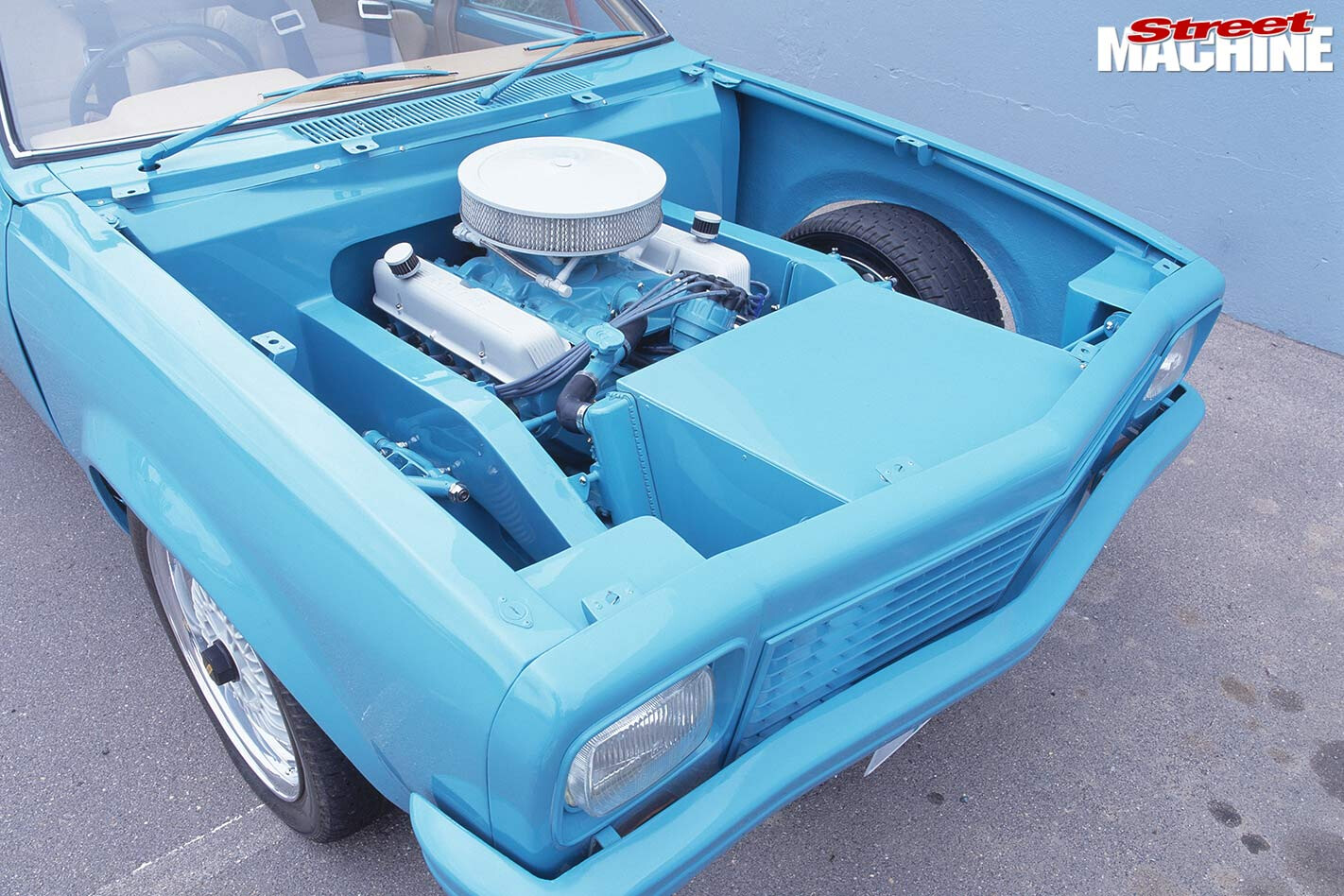 It’s covered in the National Code of Practice for Light Motor Vehicles, which has been called Vehicle Standards Bulletin 14 (VSB14). But although VSB14 has been accepted nationally, some states allow engineers to approve combinations outside this at their discretion, so for absolute certainty you need to contact your local Department of Transport. Nevertheless, here we’ll try and distil the key bits.
It’s covered in the National Code of Practice for Light Motor Vehicles, which has been called Vehicle Standards Bulletin 14 (VSB14). But although VSB14 has been accepted nationally, some states allow engineers to approve combinations outside this at their discretion, so for absolute certainty you need to contact your local Department of Transport. Nevertheless, here we’ll try and distil the key bits.
Now we’re not talking about factory-option engine fitment here. An engine that was originally an option from the manufacturer can be freely fitted to a vehicle from that manufacturer, even if that vehicle did not come with that option. An example would be the fitment of a 350ci small-block into an HQ Holden that came with a 202ci six-cylinder. These optional engines can be fitted provided that any factory upgrades related to them are also fitted, such as better brakes or heavier suspension.
What I really want to talk about here is fitting a big engine to a vehicle that didn’t originally have that baby available. That’s the one everyone wants the answer to.
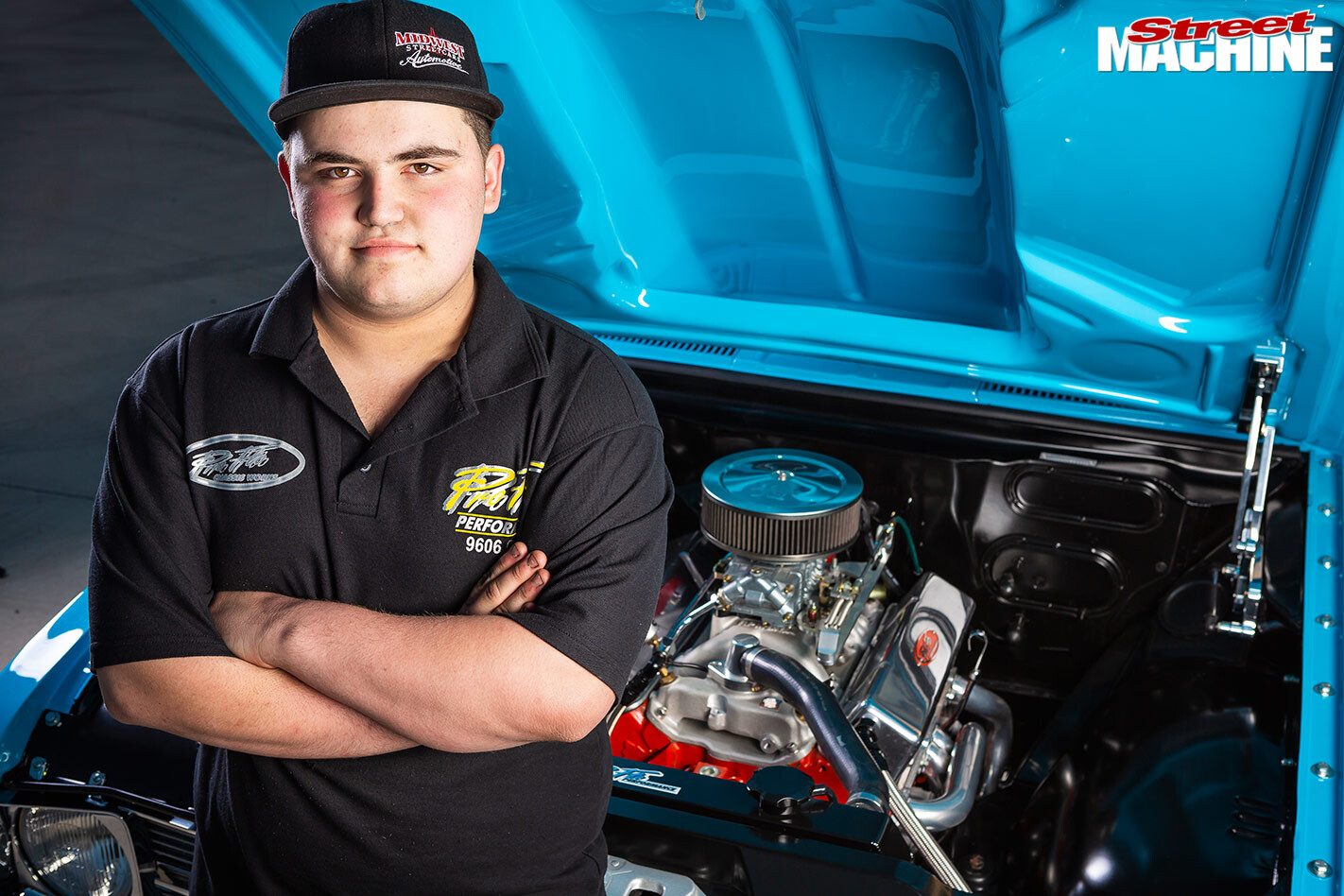 Young gun Charlie Sant upgraded his HK Kingswood with a 350ci small-block Chev. Permissable, given it was a factory option in HT Holdens
Young gun Charlie Sant upgraded his HK Kingswood with a 350ci small-block Chev. Permissable, given it was a factory option in HT Holdens
TABLE ONE:
RECOMMENDED MAXIMUM ENGINE CAPACITY
| MASS OF VEHICLE | Maximum Engine Capacity | |
| Naturally Aspirated | Turbo/supercharged | |
All vehicles originally | Original mass (kg) x 3.0 = max. capacity in cc | Original mass (kg) x 2.5 = max. capacity in cc |
All vehicles originally | Original mass (kg) x 4.0 = max. capacity in cc | Original mass (kg) x 2.75 = max. capacity in cc |
All vehicles originally | Original mass (kg) x 5.0 = max. capacity in cc | Original mass (kg) x 3.00 = max. capacity in cc |
At the time of writing, VSB14 says that engine size should be based on the weight of the vehicle – a power-to-weight sort of approach. This means that the heavier the car, the bigger the engine you can fit. This table shows the three levels of multipliers available to apply to the weight ranges.
TABLE TWO:
EXAMPLES OF MAXIMUM RECOMMENDED ENGINE CAPACITY
| Vehicle | Naturally Aspirated | Forced Induction |
| 1970 Corolla (4cyl 746kg) | 2238cc (746 x 3) | 1865cc (746 x 2.5) |
| 1977 Celica (4cyl 1067kg) | 4268cc (1067 x 4) | 2934cc (1067 x 2.75) |
| 1973 Falcon XB GT (1557kg) | 7785cc (1557 x 5) | 4671cc (1557 x 3) |
This table provides examples of how to work out the engine size using the three weight ranges and multipliers.
USING THE TABLES
There are some important things to know about using these tables. First, most published data for vehicle weights are kerb weights, but the weight you need to use when working with these engine tables is the tare weight, which is the dry weight of the vehicle. As a rule of thumb, if you take the fuel-tank capacity in litres and subtract that from the kerb weight as kilograms, you will come up with a good approximation of the tare weight. Even though the specific gravity of fuel is only 0.75, subtracting the fuel capacity in kilograms also takes care of all the car’s other fluids.
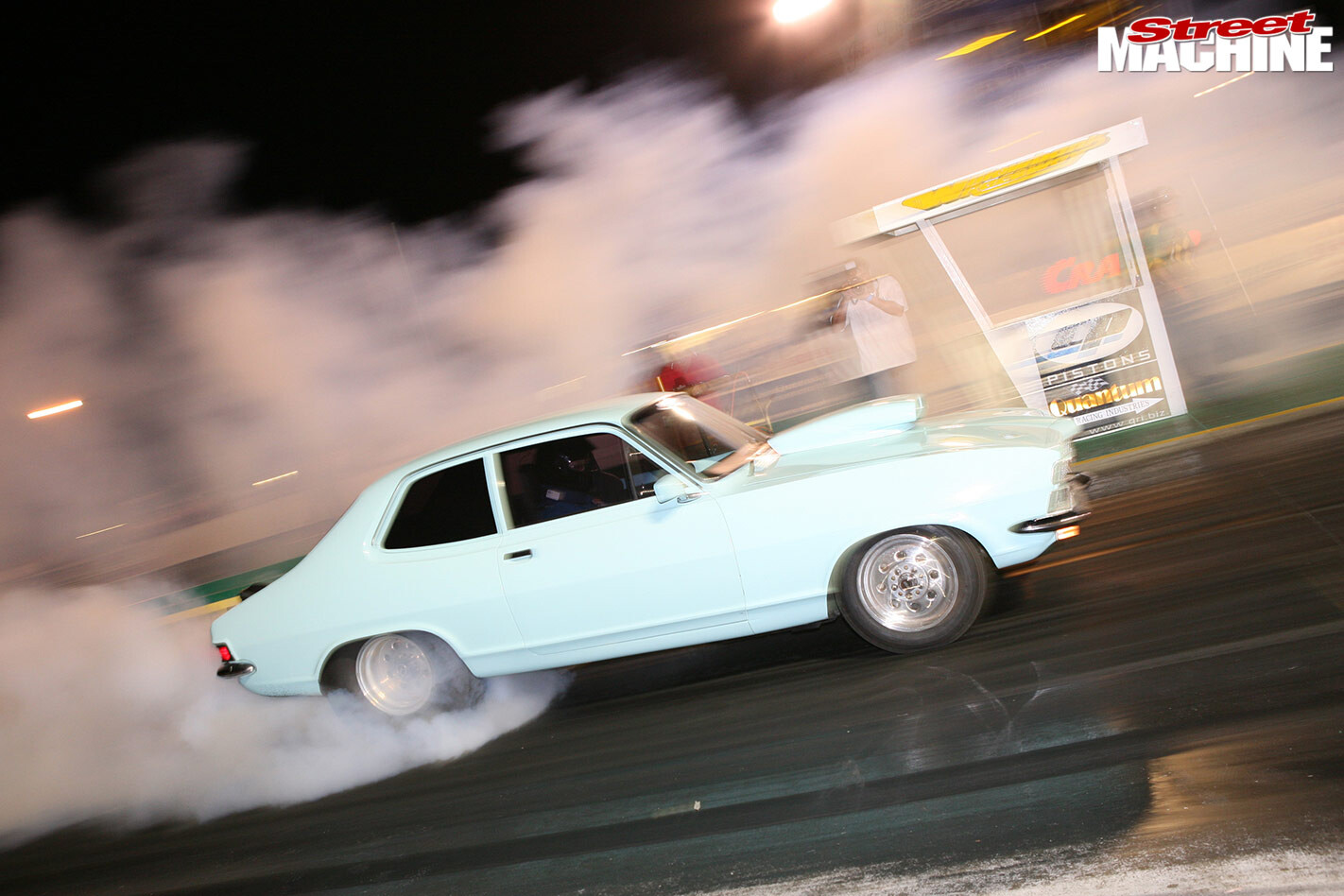 So for a car with a kerb weight of 1160kg with a 60-litre tank, the calculation is 1160 – 60 = 1100kg x 5.0 (the multiplier for this weight range) = 5500cc. It’s important to make sure your calculations are correct if you end up near a multiplier threshold!
So for a car with a kerb weight of 1160kg with a 60-litre tank, the calculation is 1160 – 60 = 1100kg x 5.0 (the multiplier for this weight range) = 5500cc. It’s important to make sure your calculations are correct if you end up near a multiplier threshold!
Another thing to keep in mind is that the weight used is the original manufacturer’s weight, not the modified weight. It is the weight of the heaviest model in the body style of the vehicle being modified.
If you want to convert metric capacity to imperial, the conversion factor from litres to cubic inches is 61. So 5500cc = 5.5 litres x 61 = 335ci.
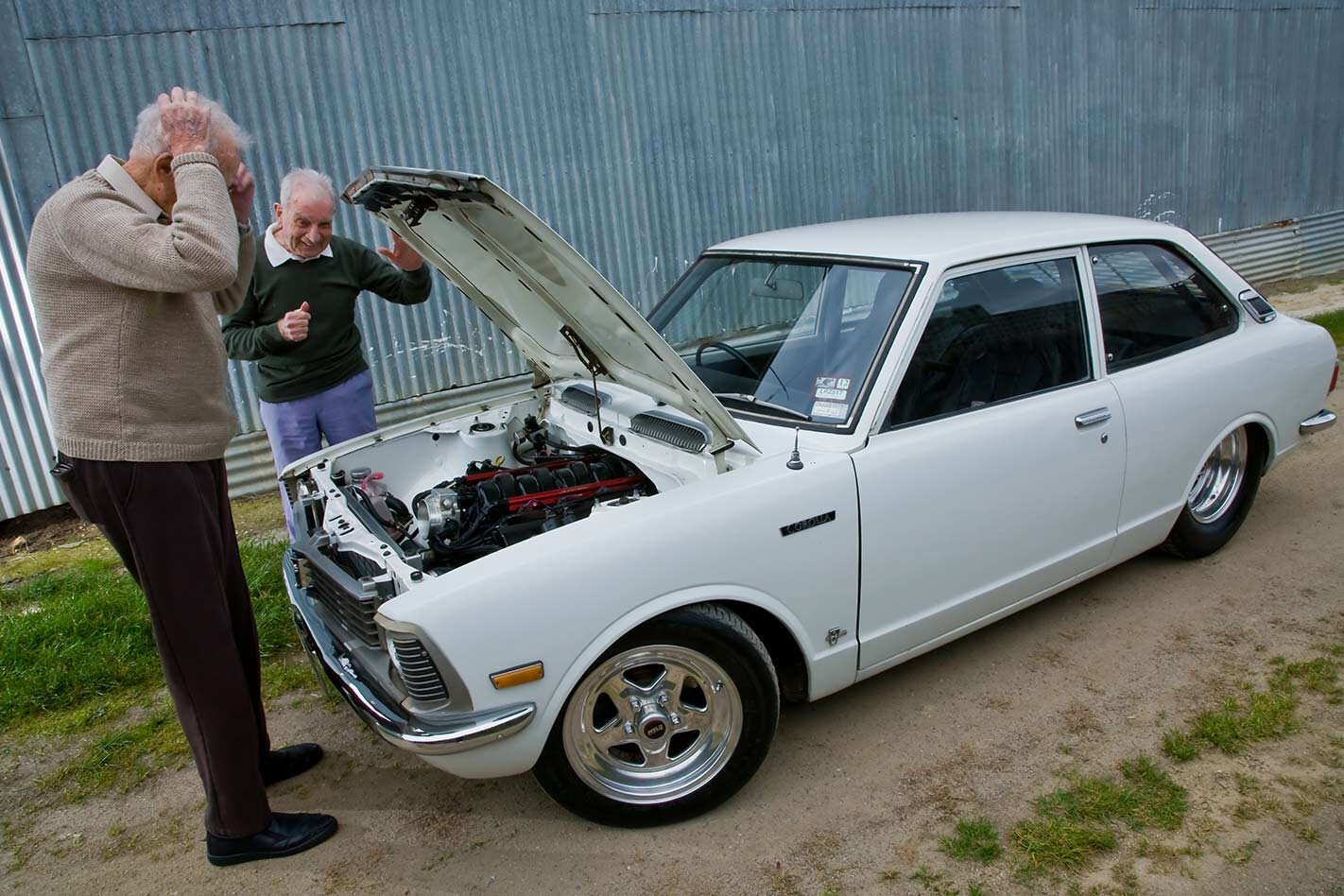 Remember too that you can work backwards. So if you want a 6.0-litre supercharged engine, what size car do you need? Well, it’s just maths: 6000cc / 3 = 2000kg. So you’ll need a big car!
Remember too that you can work backwards. So if you want a 6.0-litre supercharged engine, what size car do you need? Well, it’s just maths: 6000cc / 3 = 2000kg. So you’ll need a big car!
If you have an engine you want to fit that is outside the range of the tables, you will normally need an engineer to argue your special case to your local Department Of Transport. Remember though that the interpretation of the tables may be different in your jurisdiction.
ROTARY CONVERSION
To calculate the equivalent piston-engine size for a rotary engine, refer to the table below:
| Rotary Engine | Capacity |
| 10A | 1964cc |
| 12A | 2292cc |
| 13B | 2616cc |
| 20B | 3924cc |
SAFETY FIRST
Mandatory safety upgrades usually apply where larger-than-standard engines are fitted. These are:
• A brake upgrade to suit the engine
• Inertia-reel lap-sash seatbelts fitted to all outboard positions, and lap belt to inboard positions
• A collapsible steering column
• Heater demister function via heater or air conditioning
• Two-speed windscreen wipers and washers
• A padded dash on the passenger side
FIT FOR PURPOSE
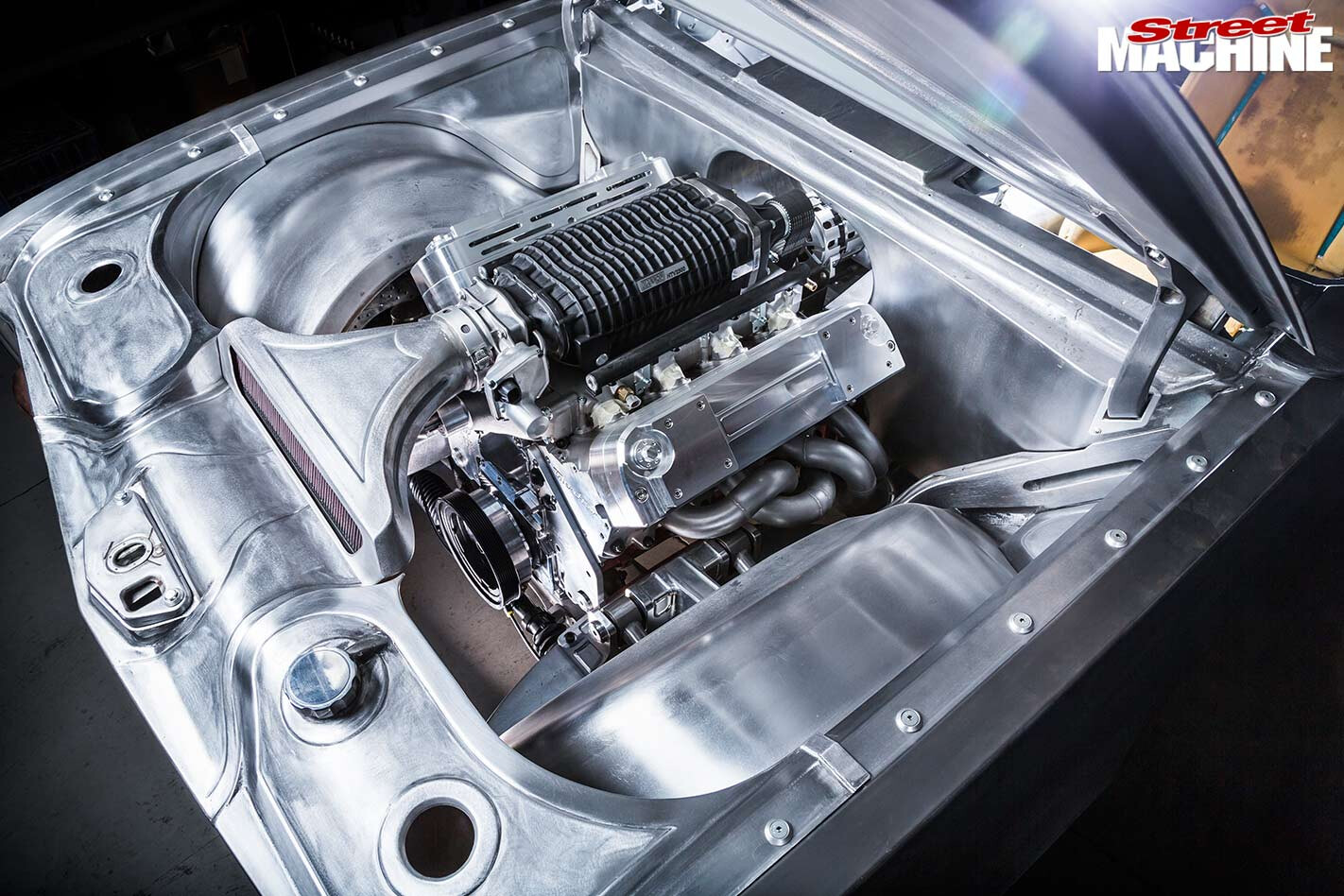 Now you know how to work out the engine size for your current project mathematically and legally. That’s the correct first stage. But now your mind must turn to all the issues related to making your chosen engine fit. So down the track we’ll cover all the factors involved in getting an engine properly installed.
Now you know how to work out the engine size for your current project mathematically and legally. That’s the correct first stage. But now your mind must turn to all the issues related to making your chosen engine fit. So down the track we’ll cover all the factors involved in getting an engine properly installed.

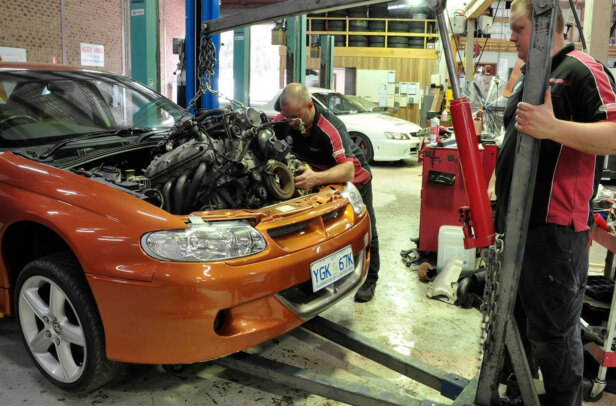
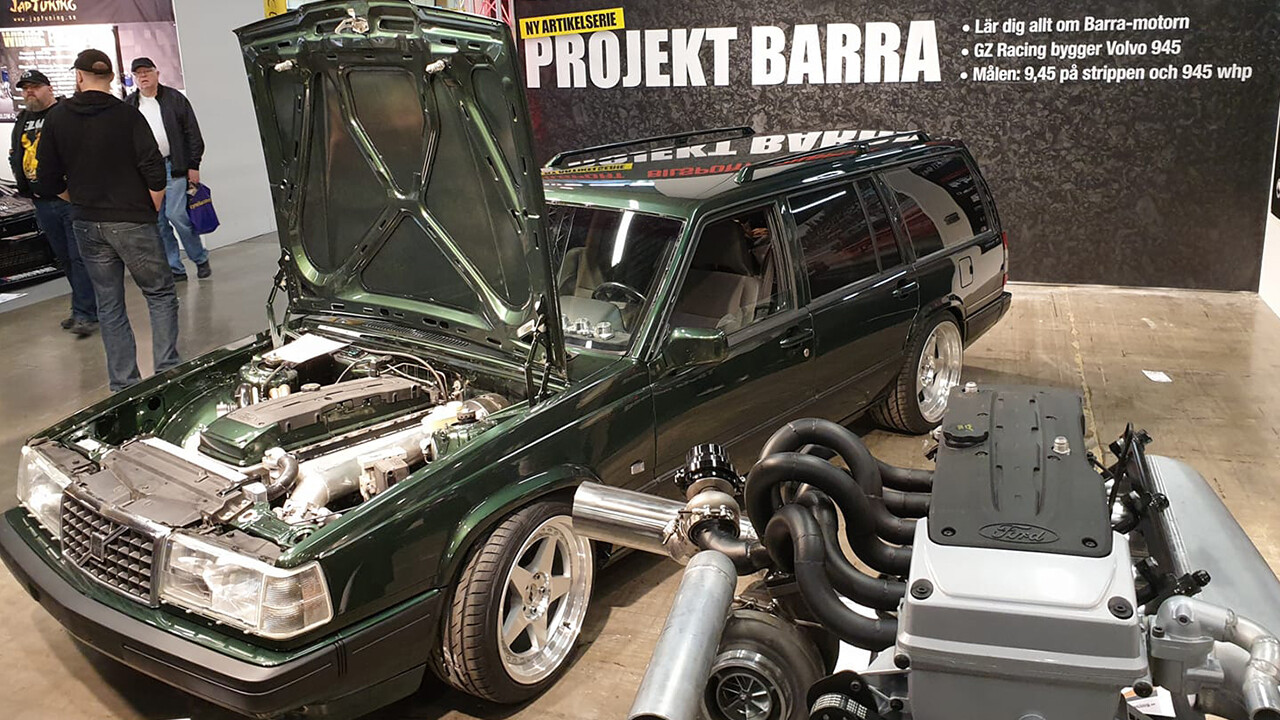
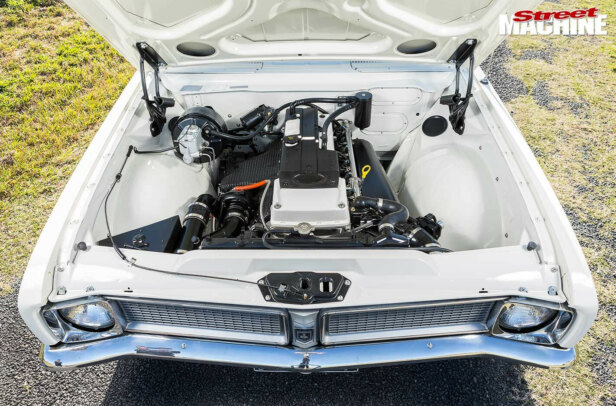
Comments